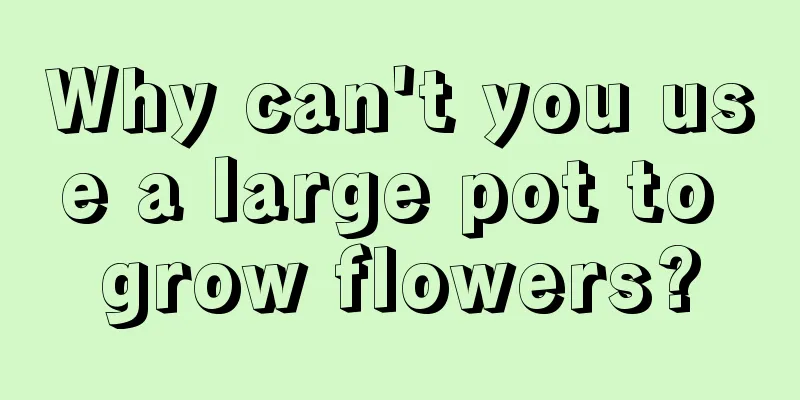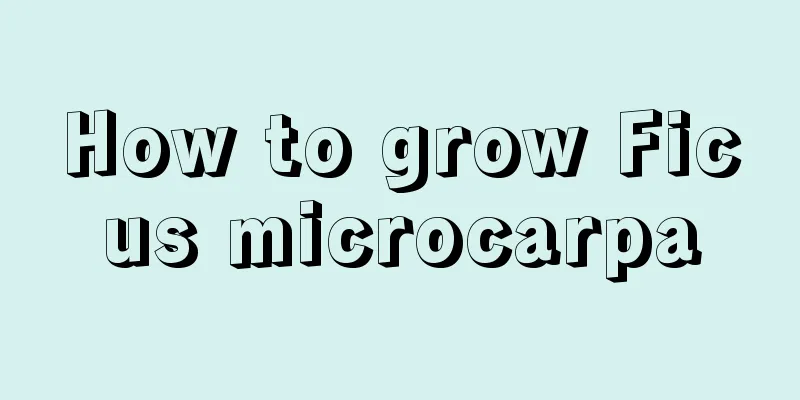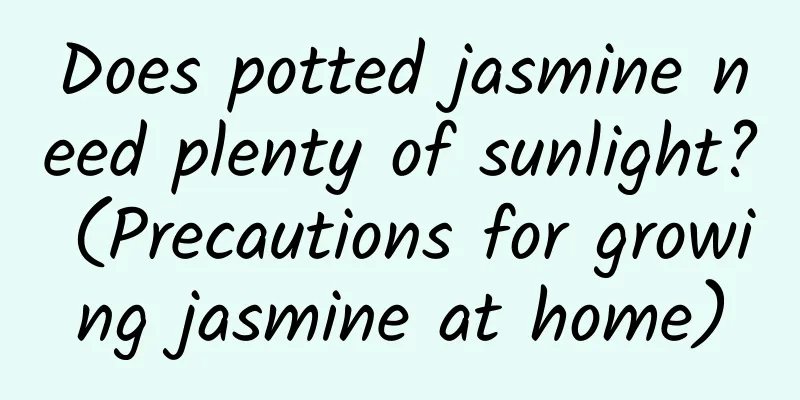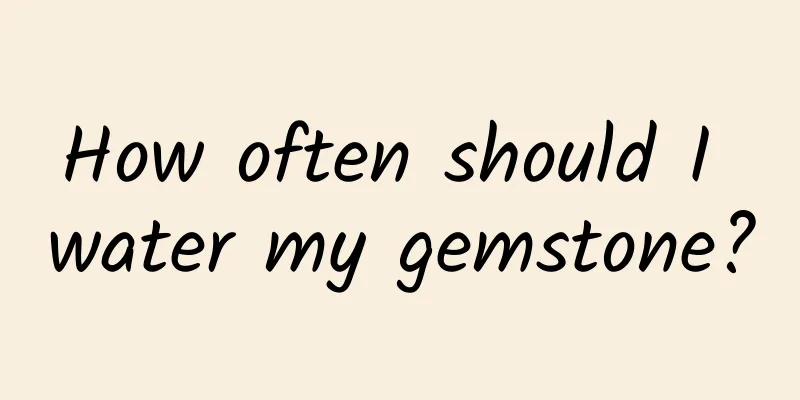What kind of soil is needed for growing pomegranates (soil requirements suitable for growing pomegranates)
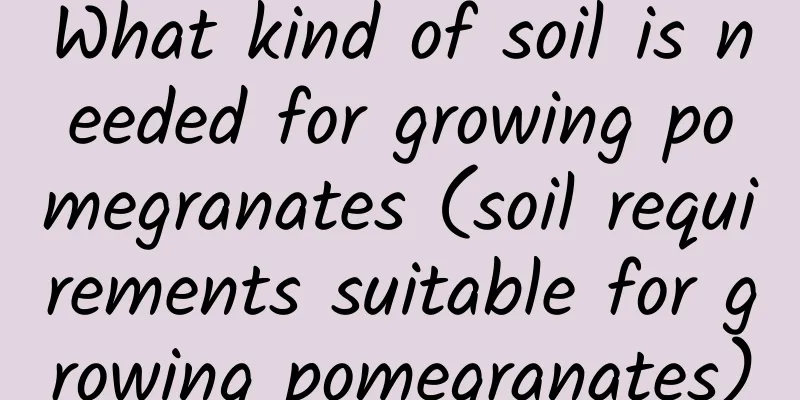
|
Pomegranate trees have certain requirements for the soil during their growth period. If the soil is not suitable, it will easily lead to yellow leaves. It likes loose, breathable and fertile soil. If the soil is too sticky and compacted, it will hinder the breathing of the roots, and over time it will cause the leaves to turn yellow or even wither and fall off. If this happens, it is best to loosen the soil frequently or change the soil once. If it is a potted plant, the soil of the pomegranate tree needs to be changed every two or three days to prevent the soil from becoming compacted. What kind of soil is needed to grow pomegranates? 1. Garden SoilGarden soil is also called vegetable garden soil or farmland soil. It is the vegetable garden soil and crop growing soil we often see. Because these soils are often cultivated and fertilized, the structure and composition of the soil are relatively stable, and they have the advantages of high fertility and good aggregate structure. Therefore, it can meet the growth conditions of most plants, so people call it "universal soil". Although garden soil has the basic conditions for plant growth, it has the disadvantages of being easy to compact and having poor water permeability and air permeability. Therefore, when planting pomegranates, it is best to add an appropriate amount of sand or other materials that can maintain soil permeability. 2. Sandy loamSandy loam refers to soil with a higher proportion of sand and a lower proportion of clay. This type of soil is loose and breathable, has high fertility, is good for drainage, and is not easy to compact. It is suitable for most plants. Although sandy loam is permeable, it is not conducive to water and fertilizer storage because of its strong moisture permeability and air permeability, and often increases the frequency of watering and fertilizing. Therefore, when planting pomegranates, if the proportion of sandy soil is too large, and the local temperature is high and the evaporation is strong, you can add an appropriate amount of clay soil according to the situation. 3. Humus soilHumus soil is also called rotten soil. It is mainly composed of rotten plants and various organic wastes. For example, leaf humus in the forest and kitchen waste belong to this category. This kind of soil is rich in organic fertilizer and has higher fertility than garden soil and sandy loam. It is often used as soil for flower cultivation. Although humus soil has high fertility, it has poor air permeability and contains more bacteria and insect eggs. Therefore, when planting pomegranates, it is best to mix it with an appropriate amount of garden soil and sand, and turn it over to kill insects. 【 Summarize 】 But in order to promote its growth better, people often make some minor adjustments. The main purpose is to ensure that the soil is fertile and loose, and try to create a good growth environment for it. |
>>: What is the sticky substance on the orchid leaves?
Recommend
Disease and Pest Control of Rhododendron australis
Main diseases Leaf swell There are three main dis...
Can hawthorn trees be planted in pots?
Can hawthorn trees be planted in flower pots? Haw...
How to breed the Oriole
Seed propagation It is mainly cultivated by polli...
How to care for Milan flowers in winter
Is Milan afraid of cold? Milan is afraid of the c...
How many leaves does Clivia grow in a year?
1. How many leaves does it grow in a year? Genera...
What is the most beautiful and easy-to-grow camellia variety?
Camellia, also known as camellia, is a general te...
Raising a child in a cheap way is the right way! The more diligent you are, the faster the flowers will die!
Sunflower Sunflowers are also known as "immo...
Chive planting method and time easy germination cultivation technology
Suitable time for planting chives The planting ti...
How long is the fruiting period of citrus? Fruiting period maintenance and management methods
How long does the citrus fruit season last? The f...
How to water ivy
Ivy watering tips When caring for ivy, it prefers...
How to propagate Phlox
Phlox division propagation The division of Phlox ...
How to grow Angelica dahurica
1. Seed processing When planting, choose disease-...
How to plant the soapberry tree
1. Site selection When planting soapberry trees, ...
How to propagate trumpet creeper by cuttings
1. Time Selection You can use both hard and soft ...
How to propagate crape myrtle
Grafting This method should be carried out betwee...

